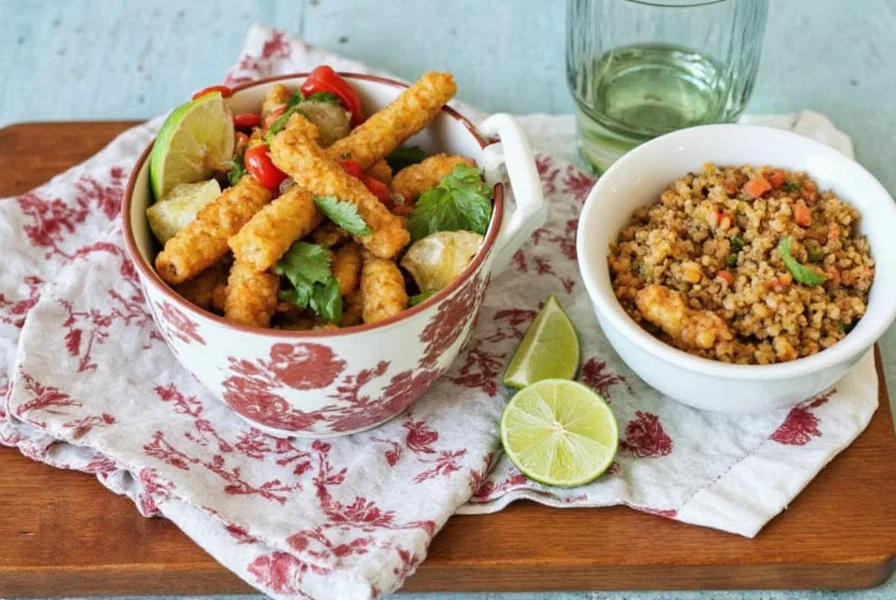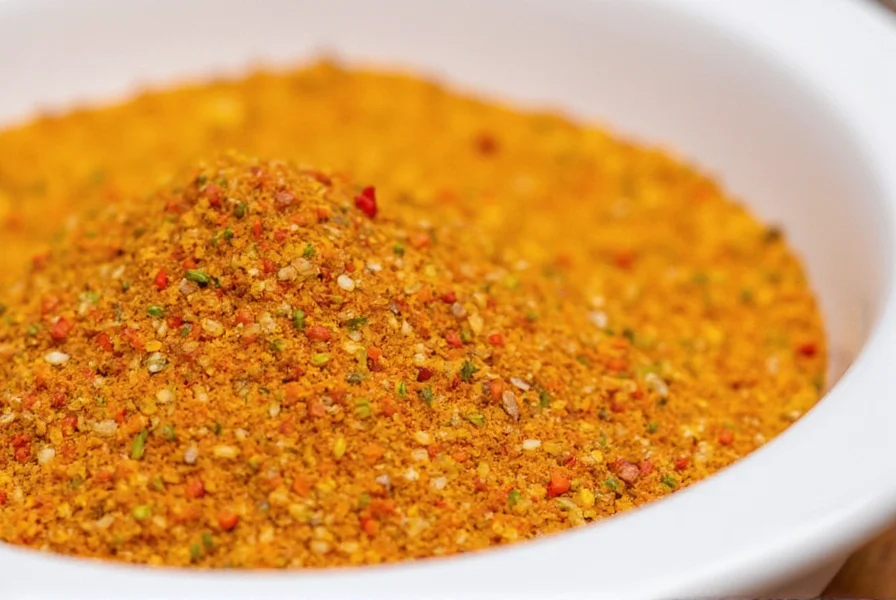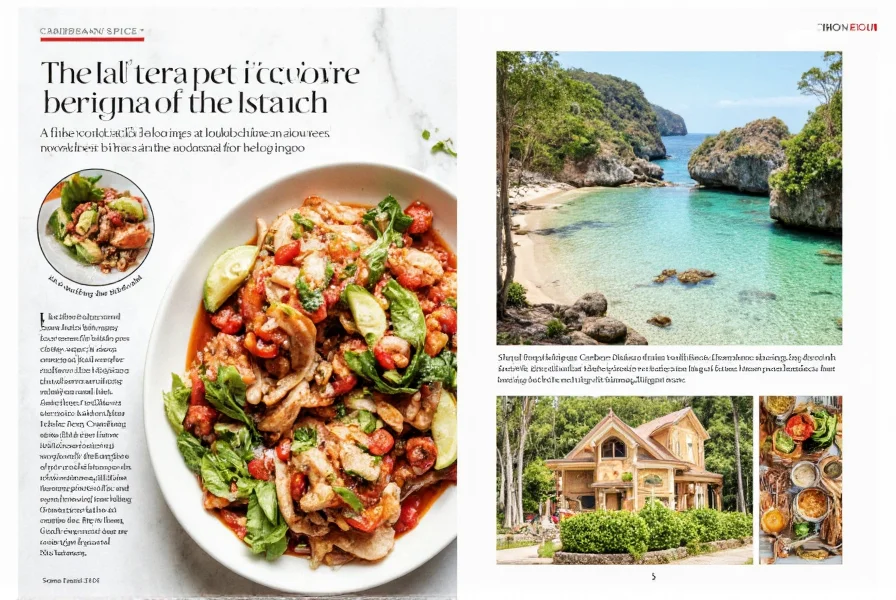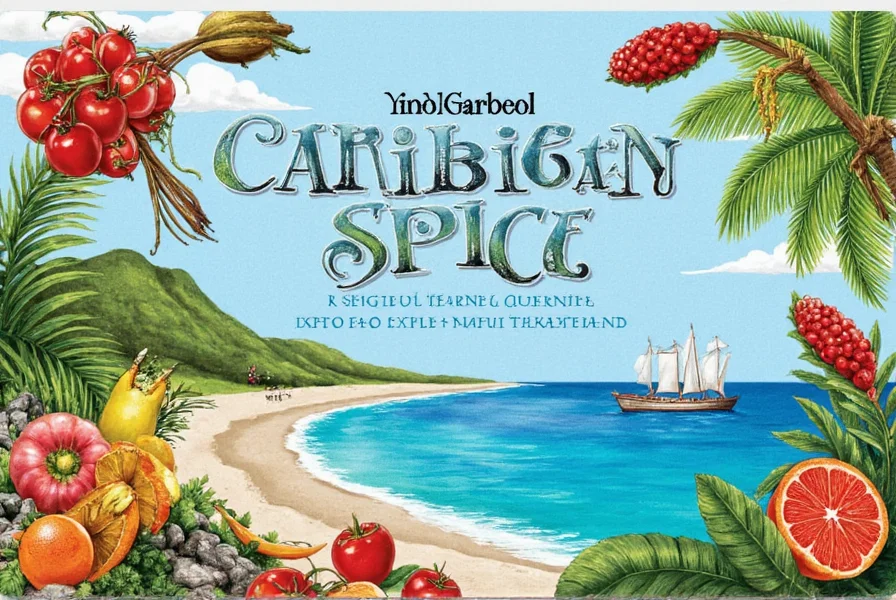Caribbean Spice: A Flavorful Journey Through the Islands
When it comes to flavor, the Caribbean is a treasure trove of vibrant, bold, and aromatic spices that have been shaping the region's cuisine for centuries. From the fiery scotch bonnet pepper to the sweet warmth of allspice, Caribbean spice isn't just about heat—it's about culture, history, and a deep connection to the land. Whether you're a seasoned chef or a curious foodie, this guide will take you on a flavorful journey through the heart of Caribbean spice traditions.
Table of Contents
- The Unique Flavor Profile of Caribbean Spices
- Popular Caribbean Spices You Should Know
- Cooking Tips with Caribbean Spices
- Buying Guide: How to Choose the Best Caribbean Spices
- Caribbean Spice as a Cultural Hub
- Conclusion
The Unique Flavor Profile of Caribbean Spices
Caribbean spices are known for their complex and layered flavors, often combining sweetness, heat, and smokiness in one bite. Unlike the more straightforward heat of chili peppers from other regions, Caribbean spices offer a more nuanced experience. This is partly due to the diverse influences that shaped the cuisine—African, Indigenous, European, and Asian—all contributing their own spice traditions.
The Caribbean spice palette is rich and varied. Think of the warm, earthy notes of nutmeg, the citrusy brightness of lime zest, or the smoky undertones of smoked paprika. These ingredients work together to create dishes that are both comforting and exciting. Whether you're making a spicy jerk chicken or a sweet and spicy mango salsa, Caribbean spice adds a distinctive flair that can’t be replicated.

Popular Caribbean Spices You Should Know
Here’s a quick rundown of some of the most iconic Caribbean spices and how they’re used:
- Scotch Bonnet Pepper: The star of many Caribbean dishes, this pepper brings a unique heat that's both fiery and fruity. It's commonly used in sauces like scotch bonnet hot sauce and in jerk seasoning.
- Allspice (Pimento): Often called the 'allspice' because it has a flavor reminiscent of cinnamon, cloves, and nutmeg, this spice is essential in dishes like jerk chicken and stews.
- Cumin: Used in both savory and sweet dishes, cumin adds a warm, nutty depth to Caribbean recipes.
- Nutmeg: Frequently found in desserts and baked goods, nutmeg gives a rich, aromatic finish to Caribbean treats like rice pudding and breads.
- Cayenne Pepper: A go-to for those who love extra heat, cayenne is used in sauces, marinades, and even cocktails.
- Paprika: Smoked paprika, in particular, is popular in Caribbean cooking for its deep, smoky flavor.

Spice Comparison Table
| Spice | Flavor Profile | Common Uses |
|---|---|---|
| Scotch Bonnet Pepper | Fiery, fruity, slightly sweet | Sauces, jerk seasoning, hot sauces |
| Allspice | Warm, spicy, slightly sweet | Jerk chicken, stews, marinades |
| Cumin | Earthy, nutty, slightly bitter | Soups, stews, meats |
| Nutmeg | Sweet, aromatic, slightly spicy | Desserts, baked goods, spiced drinks |
| Cayenne Pepper | Hot, sharp, pungent | Sauces, marinades, spice blends |
| Smoked Paprika | Smoky, sweet, slightly spicy | Mexican and Caribbean dishes, grilled meats |

Cooking Tips with Caribbean Spices
Using Caribbean spices in your cooking doesn't have to be intimidating. Here are a few practical tips to help you get the most out of these bold flavors:
- Start Small: Many Caribbean spices, especially peppers, can be very potent. Begin with a small amount and adjust to taste.
- Balance the Heat: If you're using something like scotch bonnet or cayenne, pair it with something creamy or sweet to balance the intensity.
- Use Fresh Ingredients: Freshly ground spices and fresh herbs can make a huge difference in flavor. Try to use them as soon as possible after grinding.
- Experiment with Blends: Caribbean spice blends like jerk seasoning or curry powder are versatile. Use them in marinades, rubs, or even in soups and stews.
- Pair with Complementary Flavors: Spices like allspice and nutmeg pair well with citrus, coconut, and tropical fruits. Don't be afraid to mix and match.
Buying Guide: How to Choose the Best Caribbean Spices
Choosing the right Caribbean spices can elevate your cooking and bring authentic flavor to your kitchen. Here’s what to look for when buying:
Key Features to Consider
- Freshness: Look for spices that are bright in color and have a strong aroma. Avoid anything that smells musty or dull.
- Source: Opt for spices sourced directly from the Caribbean or reputable international suppliers. This ensures authenticity and quality.
- Form: Whole spices like nutmeg and peppercorns retain their flavor longer than pre-ground versions. Consider grinding them yourself if you're serious about flavor.
- Brand Reputation: Some brands specialize in Caribbean spice blends and may offer better quality and variety.
- Use Cases: Think about how you'll use the spice. For example, if you're into Caribbean-inspired cooking, a jerk seasoning blend might be more useful than a single spice.
Recommended Products
- Caribbean Jerk Seasoning Blend: A mix of allspice, garlic, thyme, and scotch bonnet pepper. Perfect for grilling chicken, fish, or vegetables. Ideal for backyard barbecues or dinner parties.
- Scotch Bonnet Hot Sauce: A spicy and fruity sauce made from fresh scotch bonnet peppers. Great for adding heat to sandwiches, tacos, or dips. Suitable for those who enjoy bold flavors.
- Whole Allspice Berries: Used in slow-cooked dishes and stews. Adds a warm, complex flavor. Best for home cooks who enjoy experimenting with whole spices.
- Smoked Paprika: Adds a smoky depth to meats and vegetables. Works well in marinades or as a finishing spice. Popular among grill enthusiasts and barbecue lovers.
- Nutmeg Ground: Versatile and aromatic. Used in both sweet and savory dishes. Perfect for baking or adding depth to soups and stews.

Caribbean Spice as a Cultural Hub
Caribbean spice isn't just about taste—it's a cultural hub that reflects the region's rich history and diversity. Each spice tells a story of migration, trade, and tradition. For example, the use of allspice in Caribbean cooking can be traced back to Indigenous Taino people, while the influence of African spices is evident in the use of cumin and coriander.
Spices also play a role in traditional celebrations and rituals. In some islands, specific spice blends are used during festivals or religious ceremonies. The way these spices are prepared and shared reinforces community bonds and preserves heritage.
Moreover, Caribbean spice has gained global recognition. Chefs around the world now incorporate Caribbean flavors into their menus, bringing the essence of the islands to new audiences. This cross-cultural exchange has helped keep traditional spice practices alive and relevant in modern cuisine.
Conclusion
Caribbean spice is more than just a collection of ingredients—it's a celebration of culture, flavor, and history. From the fiery kick of the scotch bonnet to the warm embrace of allspice, each spice contributes to the unique identity of Caribbean cuisine. Whether you're cooking at home, exploring new flavors, or simply appreciating the art of spice, there's something for everyone in the world of Caribbean spice.
So next time you're in the kitchen, don't be afraid to reach for a pinch of Caribbean spice. Let it transport you to the sun-soaked islands and the vibrant traditions that have shaped this incredible culinary heritage.










 浙公网安备
33010002000092号
浙公网安备
33010002000092号 浙B2-20120091-4
浙B2-20120091-4